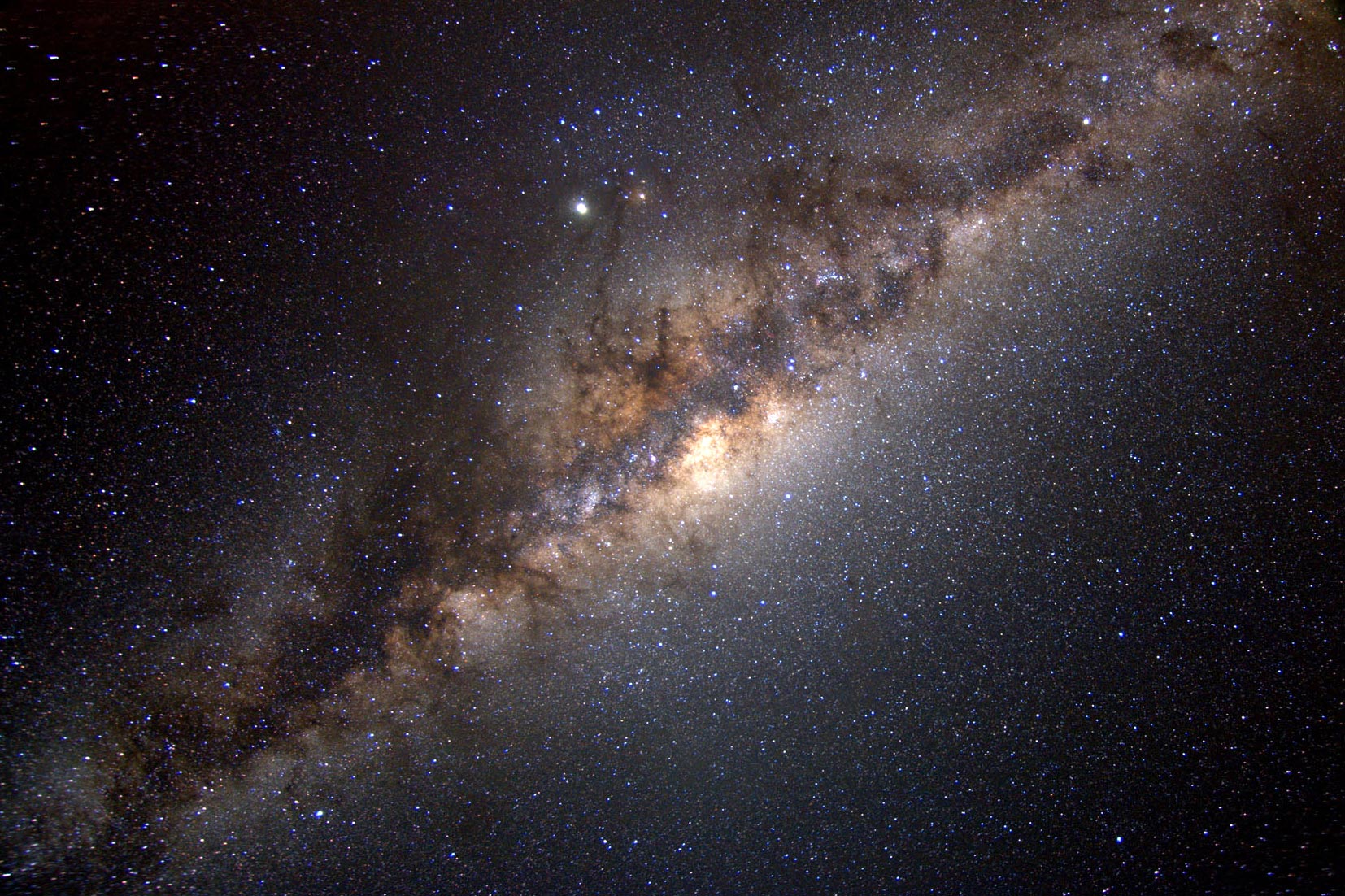- A group of sunspots 15 times the size of Earth appeared.
- These were bustling with activity and could send solar weather toward Earth early Saturday.
- Space weather is mostly harmless, although scientists are on the hunt for a rare once-in-a-century superstorm.
A group of sunspots has appeared within sight of Earth and could send a solar storm our way early Saturday.
The group includes about a dozen sunspots about 125,000 miles across, about 15 times larger than our planet. Space.com reported.
The group is very active. It has already unleashed three M-class solar flares and several C-class solar flares before it appears, according to spaceweather.com.
Class M flares are medium-sized explosions. When pointed toward Earth, it can cause a brief radio interruption, according to the European Space Agency. Meanwhile, C-class solar flares are minor and have little impact when they hit Earth.
Space weather experts will closely monitor the cluster as it aligns with Earth, Daniel Verscharen, assistant professor of space physics and climate at University College London, told Business Insider.
“Sunspot clusters are regions that we pay close attention to. They are regions in the Sun’s photosphere where the magnetic field is particularly strong and often complex,” he said.
“These complex magnetic fields are likely to become sources of flares and mass emission,” he said.
Simulations conducted by the European Space Agency, using the computer code EUHFORIA, indicate that if the group launches mass ejections, they could reach Earth early Saturday evening Eastern time (just after midnight Sunday morning), according to Verscharen.
Scientists will continue to monitor the cluster until it moves away from Earth. The array should be in full alignment with Earth within four to five days, Matt Owens, a professor of space physics at the University of Reading, told Business Insider in an email.
Verscharen and Owens noted that it is very difficult to predict what force of solar weather could come from sunspots, if they shoot any particles directed toward Earth at all.
“The spots are fairly large and complex, which suggests they are likely producing some space weather,” Owens said.
He added: “Sometimes huge spots produce a ton of activity before and after they pass Earth, but nothing at that critical time when they are pointed directly at us.”
As of Friday evening, the American and British agencies that monitor space weather expected a low risk of any type of dangerous solar weather in the coming days.
It’s the latest in a series of strange observations as our Sun approaches its peak solar activity approaching the decade.
Scientists have recently discovered bright auroras, solar hurricanes, coronal holes, and more.
Solar weather is mostly harmless. The vast majority of charged particles sent out by the Sun are bounced by the Earth’s magnetic field.
Often, solar flares and eruptions can temporarily overwhelm the protection of our planet, and most of these events can be quite devastating, for example causing power outages that can affect the aviation industry.
The concern is that peak solar activity could raise the possibility of an extremely rare once-in-a-century solar storm that would be so powerful that it could breach our planet’s protection and infrastructure, with little advance warning.
It is not clear how our electricity, communications and satellite systems would perform in this scenario, as such a storm has not been observed for decades, as humans have become more reliant on technology.
Watch now: Popular videos from Insider Inc.
download…

“Typical beer advocate. Future teen idol. Unapologetic tv practitioner. Music trailblazer.”





More Stories
Researchers from MIT have discovered the oldest stars in the universe
Study: Ancient humans made deadly wooden weapons 300,000 years ago
Scientists solve the mystery of the ancient “Tree of Life”.